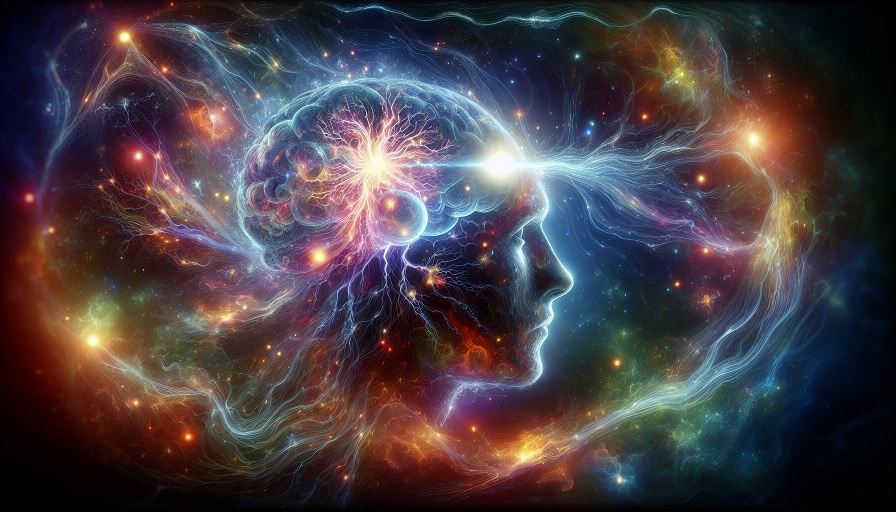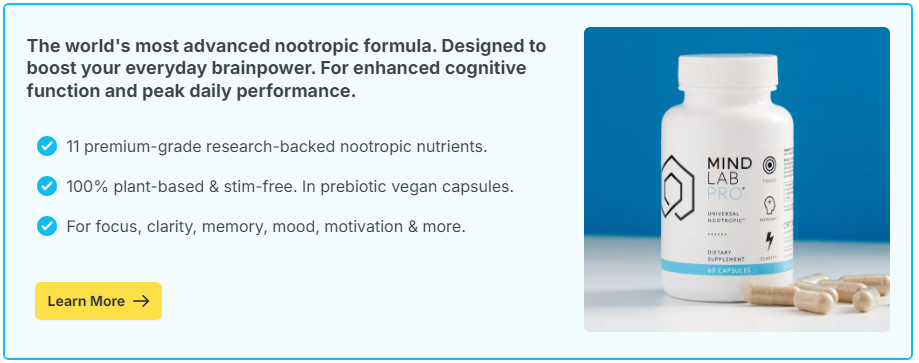
There’s a moment – brief, electric, unforgettable – when your breath catches, your mind quiets, and the world seems to unfold with new meaning. Maybe it’s the first glimpse of a star-filled sky, the sudden stillness in a cathedral, or a child’s wonder-filled question that pulls you out of yourself. That feeling? It’s awe. And your brain is built to seek it.
Awe isn’t just a poetic experience. It’s a physiological event, a powerful reset button that reorganizes thought, emotion, and attention. The brain doesn’t just passively receive awe – it rewards it. And more importantly, it remembers. These experiences leave neural footprints, subtly shaping how we think, feel, and perceive the world long after the moment has passed.
Contents
The Science of Awe: What’s Happening in the Brain?
When we experience awe, a unique neural cocktail kicks in. Brain imaging shows activation in areas tied to self-reflection, attention, and emotional regulation. One surprising feature? The default mode network – the part of the brain associated with self-focused thought – quiets down. You feel smaller, but in the best possible way.
The “Small Self” Phenomenon
Awe makes you feel less like the center of the universe and more like a thread in a grand, mysterious tapestry. Psychologists call this the “small self” effect. It may sound humbling, even a bit disorienting, but it’s incredibly beneficial. It fosters perspective, reduces stress, and encourages pro-social behavior.
In fact, people who regularly experience awe tend to show increased empathy, generosity, and patience. They’re less likely to ruminate on personal struggles and more inclined to appreciate the bigger picture – both cognitively and emotionally.
Dopamine and the Drive to Explore
Awe is tied to the release of dopamine, the brain’s motivation molecule. This isn’t just about pleasure – dopamine enhances curiosity and learning. It primes the brain to remember the experience and seek more like it. It’s no coincidence that awe often leads people to read more, explore more, and even question their assumptions.
Some individuals find that supporting brain chemistry with targeted supplements or nootropics enhances their openness to these experiences. By improving focus and reducing mental fog, they’re more likely to remain receptive in moments that might otherwise pass unnoticed.
The Creative Power of Awe
Ask a composer what inspired their best work. Or a scientist who stumbled on a revolutionary idea. Or a poet who described the sky in a way no one had before. More often than not, they’ll mention a moment of awe.
Shifting Perspective to Spark Innovation
Awe pushes the brain into unfamiliar territory. It breaks the pattern. It encourages the kind of mental leap that’s essential for creative insight. This is why people often get their best ideas after watching a sunrise, listening to moving music, or walking through a forest.
- Steve Jobs famously took long walks to open his mind and reset his thinking. Nature, for him, was a source of clarity.
- Einstein referred to the feeling of mystery as “the cradle of true art and true science.”
- Maya Angelou wrote about awe as a kind of truth that could not be explained – only felt, and then translated into art.
In these moments, the brain is temporarily free of ego, judgment, and linear logic. This makes it fertile ground for association, recombination, and surprise – all hallmarks of creativity.
Awe as a Cognitive Reset
There’s something else awe does – something especially valuable in our overstimulated age: it quiets mental chatter. The to-do list shrinks. The inner critic softens. The racing thoughts pause. In this stillness, new thoughts can rise to the surface.
Reducing Cognitive Clutter
Modern life bombards us with input, much of it trivial. Over time, the brain becomes cluttered with noise. Awe works like a psychological decluttering session. It prioritizes what’s truly meaningful and discards the rest, at least temporarily.
This “mental reset” effect has real implications for problem-solving and emotional well-being. After awe-inspiring experiences, people report increased clarity, improved mood, and even enhanced memory. The brain, in effect, has been given breathing room.
Building a Habit of Wonder
You don’t need a mountaintop or a concert hall to access awe. With intentionality, it can become a regular part of life:
- Pause during your walk to watch the light shift through tree branches
- Read about galaxies, octopuses, or ancient civilizations – things that dwarf your day-to-day concerns
- Listen to music that moves you deeply, preferably with your eyes closed
- Try guided meditations that focus on perspective, connection, or transcendence
As with physical exercise, the more often you “train” your sense of awe, the easier it becomes to access. Some people combine this with brain-enhancing routines – mindfulness practices, creative journaling, or supplements aimed at boosting cognitive presence.
Emotional and Social Benefits of Awe
While the cognitive perks are impressive, the emotional impact of awe may be even greater. It softens defensiveness, strengthens bonds, and encourages humility – all while lifting mood and lowering stress.
Empathy and Interconnection
One of awe’s most consistent effects is increased social connection. After experiencing awe, people are more likely to help strangers, donate to charity, and report feeling “part of something larger.”
This shift isn’t just sentimental. MRI studies show that awe activates brain regions tied to social reasoning. The lines between “me” and “we” get blurred, and that fosters cooperation and compassion.
Lower Stress and Greater Life Satisfaction
In a study published in *Emotion*, researchers found that people who experienced awe regularly had lower levels of interleukin-6, a marker of chronic inflammation and stress. Even small doses – like looking at nature photos – made a difference.
That’s right. Your screensaver might be doing more for you than you think.
The Brain Wants What Awe Gives
As much as we seek productivity and performance, the brain also craves stillness, mystery, and beauty. Awe feeds this hunger. It’s not a distraction – it’s a form of nourishment. It builds resilience. It renews curiosity. It reminds us why we think in the first place.
Supporting an Awe-Receptive Mind
To remain open to awe, the brain needs energy and clarity. Sleep, nutrition, movement – all matter. For those who struggle with mental fog or distraction, tools like nootropics are sometimes used to support focus and cognitive endurance, allowing the mind to fully experience moments of wonder when they arise.
The goal isn’t to manufacture awe artificially. It’s to prepare the mind to receive it when it knocks – which it often does, quietly, and without warning.
Let Wonder Do Its Work
We live in a world where efficiency often wins. But wonder doesn’t operate on a schedule. It interrupts. It surprises. And in doing so, it heals and transforms.
So make space for it. Step outside. Read something that baffles you. Ask a child what they’re thinking. Let yourself be stunned by color, sound, scale, or silence. Your brain is wired for it – and your mind will thank you for remembering.

